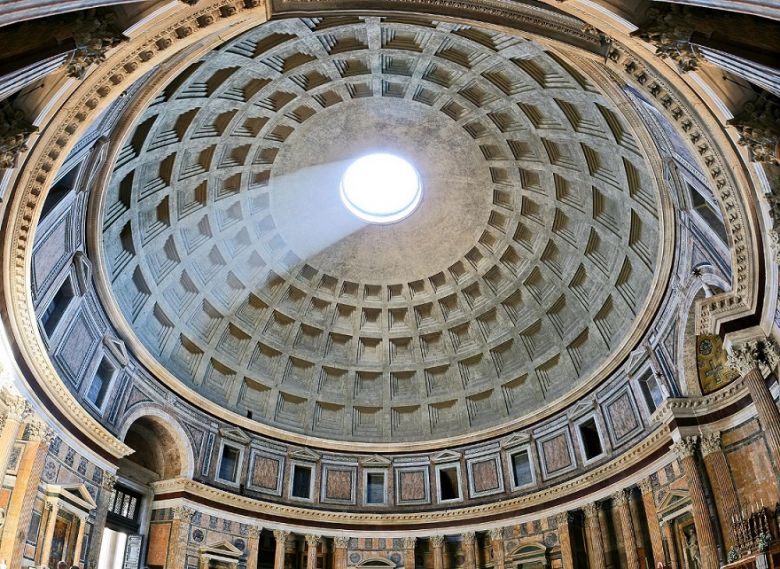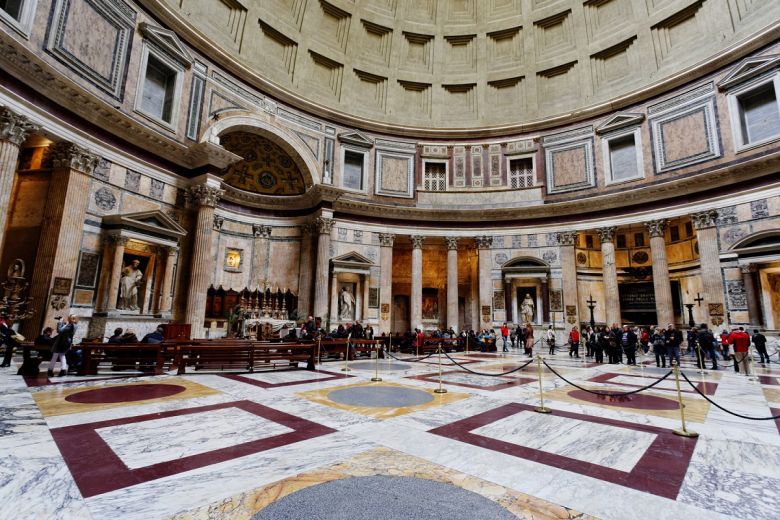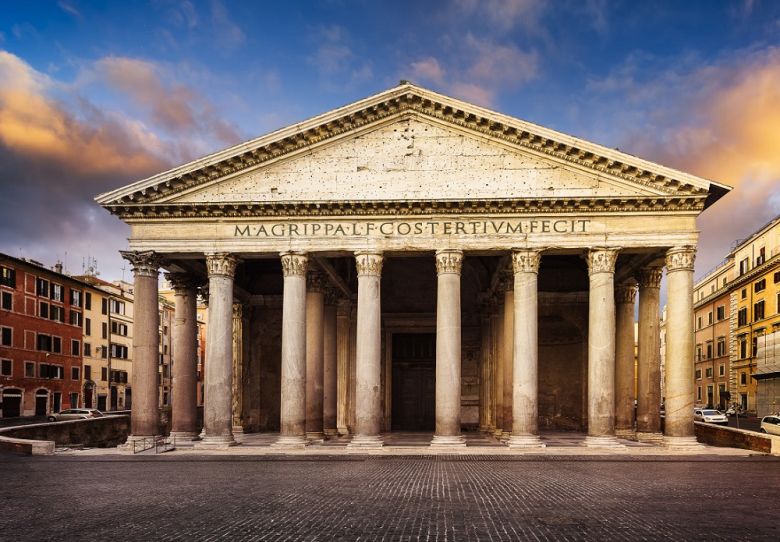What is the world’s oldest building that's still in use today?
If you’ve visited Rome, Italy, it’s likely you have walked into the Pantheon, encountered its colossal dome, and experienced the same theatricality as its guests nearly 2,000 years ago.
"Anyone who steps inside the Pantheon immediately feels the crushing weight of human history, but also the incredible lightness of human creativity," said John Ochsendorf, professor of architecture at MIT and former director of the American Academy in Rome.
"You come into this grand space and you look up and you see the sky or a passing cloud. And you think: 'How could they have done this nearly two millennia ago?'"
The Pantheon is the oldest building in the world that's still in use today. Since the 7th century, it has been a Roman Catholic Church.
Built around 125 A.D. by the Roman emperor Publius Aelius Hadrianus, it was actually the third iteration of the structure. The first Pantheon caught fire around 80 A.D. and was rebuilt shortly after, but it was struck by lightning and burned down again around 110 A.D.
The facade of the completed structure riffed on ancient Greek motifs, with a portico entrance featuring a pediment -- a triangular top -- and two rows of Corinthian columns. The interior was sweeping and airy, capped by a dome that to this day -- is still the largest unsupported concrete dome in the world.
An architectural marvel
The Pantheon was an architectural marvel of the Roman Empire.
The oculus -- Latin for "eye" -- stretches 30 feet across, opening the structure to the heavens. The sun beams through the oculus, and when it storms, the rain comes down like a waterfall into the interior.
"The oculus at the center seemed to tempt fate and leave (the Pantheon) open to the sky," said Ochsendorf. "But it also showed a mastery of geometry and construction -- that they could build domes on that scale and leave an oculus open at the center, in a way (that was) almost showing off."
Though the Pantheon has revealed some of its design secrets, Lancaster said she still finds magic in the details. As the day progresses, the sun flickers around the dome's interior, casting light over its sunken grid like a giant sundial.
"It's one of the few places in the world (where) you can actually watch the Earth turn."
Source: CNN








